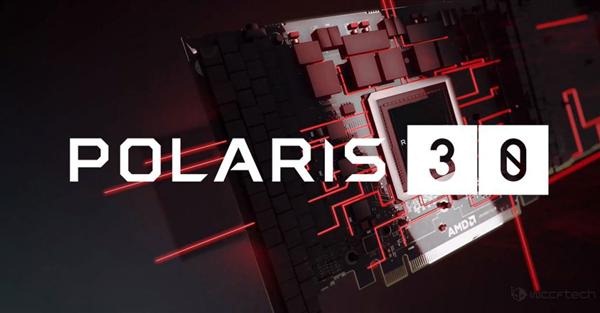A lot of time AMD has been asleep as far as graphics cards are concerned. With NVIDIA introducing its new Turing architecture at RTX, it was to be expected that Lisa Su would step forward and present something to compete with. For now and as it happened between Pascal and Vega, it seems that AMD is going to focus on the mid-range chip with its Polaris 30.

The reality is that everything points to Polaris 30 being one of the so-called “refresh”. PCOnline’s information thus affirms that it seems that the improvement is only implemented with the reduction of nm in its lithography (12 nm), which should allow a lower consumption or against higher frequencies.
It is affirmed that Polaris 30 will have two versions that will be delivered in different months and it is announced that they will be the substitutes of the already veteran RX 580 and RX 570.
As a key movement, AMD would first launch the smallest core and that would correspond to a theoretical RX 670. This GPU would have 2048 shaders and as we have said, it would come with higher frequencies that would increase the performance in a small percentage, something similar to the jump between the RX 470 and RX 570 as rumored.
It seems that the same 256-bit bus with the configuration of 8 GB GDDR5 (it could be double configuration, 4 and 8 GB) will remain, so everything points to the pure mid-range segment with a price that should range between 200 and 250 euros.
What is stated are the launch dates, specifically pronounced between October 12 and 15, which would be the next week at the latest, curious the least since there has been no leakage of performance.
As it could not be otherwise, once the chips are launched, it is better to take advantage of the wafers to the maximum, where the higher quality ASICs are assigned to more complete ones. This seems to be the case, as it seems that AMD will launch the successor of the RX 580 to compete with NVIDIA and GTX 1060 while the alleged GTX 2060 makes an appearance and thus steal market share.
This supposed “RX 680 ” would obviously also carry the new twist to architecture with this Polaris 30. In this case the chip would carry a configuration of 2304 shaders processors and the objective of it is the same as in its trimmed version, either gain performance while maintaining consumption or maintain a similar performance by reducing energy expenditure.
Most likely the first scenario, as it would help boost sales without a doubt. In this supposed ” RX 680 ” we would have the same bus and memory configuration as in its counterpart in Polaris 20, and like this its market should be in the 300 euros approximately.
In addition, it seems that this chip will be delayed until November, leaving room for the RX 670 to cannibalize market sales. This could also mean that AMD does not believe that NVIDIA releases its GTX 2060 in that period, which added to the delays seen with the RTX would be a fairly justified thought to occur.
